From plumbing to moisture, foundational problems, and improper installation, a lot can contribute to ceiling damage. Regardless of the severity of the issue, getting your ceiling repaired on time is crucial for not only safety reasons but also aesthetics. That ghastly-looking ceiling could — in extreme cases — come crashing down.
Even if it doesn't, no homeowner would normally like to live under one that’s faulty. Whether or not you're handy with tools, every type of ceiling damage has a solution. While some solutions tend to be on the expensive side, it's nevertheless a fair price to pay for the wellbeing of your home and your family. Getting your ceiling repaired soon enough might even save you from further expenses.
Cracks in the Ceiling
Cracks in the ceiling could be due to several different reasons. The severity of the issue depends on the appearance of the cracks themselves. While some cracks can be patched up easily, others may warrant professional intervention.
Hairline Cracks
If you notice very thin hairline cracks along with your ceiling, the problem most likely has to do with the plaster that’s over the drywall. This can be due to fluctuations in humidity and temperature, which causes the plaster to swell and contract — leading to small cracks. Such cracks are barely an issue and a simple paint touch-up can solve the problem.
You can use leftover paint if you have any from your previous paint job. Otherwise, consider buying touch-up paint cups ($18) from your local home improvement store. Alternatively, you can cover the cracks with drywall patches (up to $7 a pack) and paint over them.
Straight Cracks
Straight cracks across the ceiling are the result of inadequate taping or mudding during the installation. Basically, the tape pulls away from the joints, causing the plaster to crack. Other causes include excess humidity and settling of the house. Such cracks are normally superficial and nothing to worry about. You can fix the issue by applying drywall compound ($7 to $15 a bucket) to the tape and sticking it back to the joints.
If the tape needs to be replaced, remove it with a razor and sand the surface under it. Apply the new tape and spread a thin coat of compound on the area. Wait for it to dry and sand the surface once more until it's smooth. If you’re not sure how to go about the repair, you could hire a professional — in which case you can expect to pay $60 an hour on average.
Spiderweb Cracks
If the cracks look like a spiderweb, then you might be looking at foundational settling. Unless the cracks are thicker than 1/16th of an inch, it shouldn’t be concerning. Otherwise, the structural integrity could be compromised. In most cases, however, the drywall is probably applied too thickly and has shrunk after drying, leading to web-shaped cracks. A quick and simple repair involves sanding off the old compound and applying a fresh layer.
Deep Cracks
Huge cracks in the center of the ceiling are actually a sign of structural damage. These are mainly due to excessive weight from the floor above or extreme water damage. Your first course of action should be to remove everything on the floors above and below the crack before the ceiling potentially collapses. Unfortunately, there’s nothing much you can do in this case except hire a contractor to repair your ceiling.
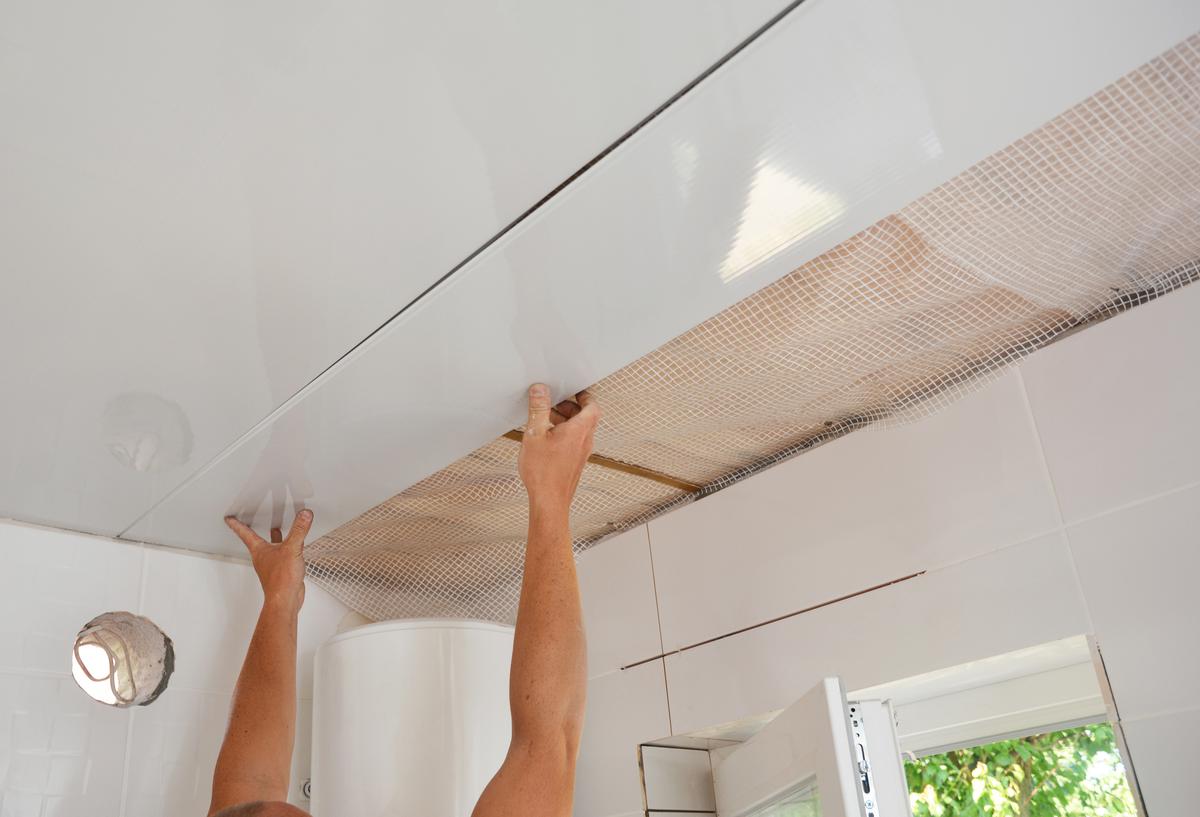
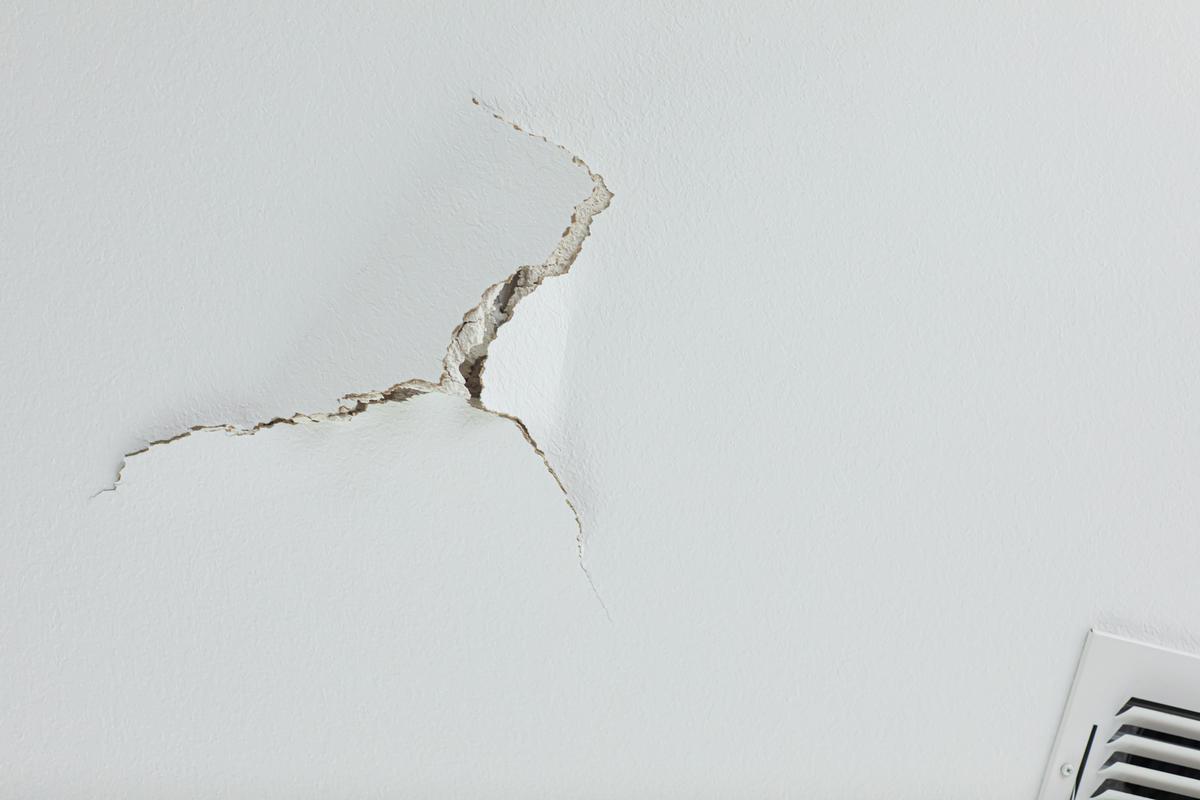
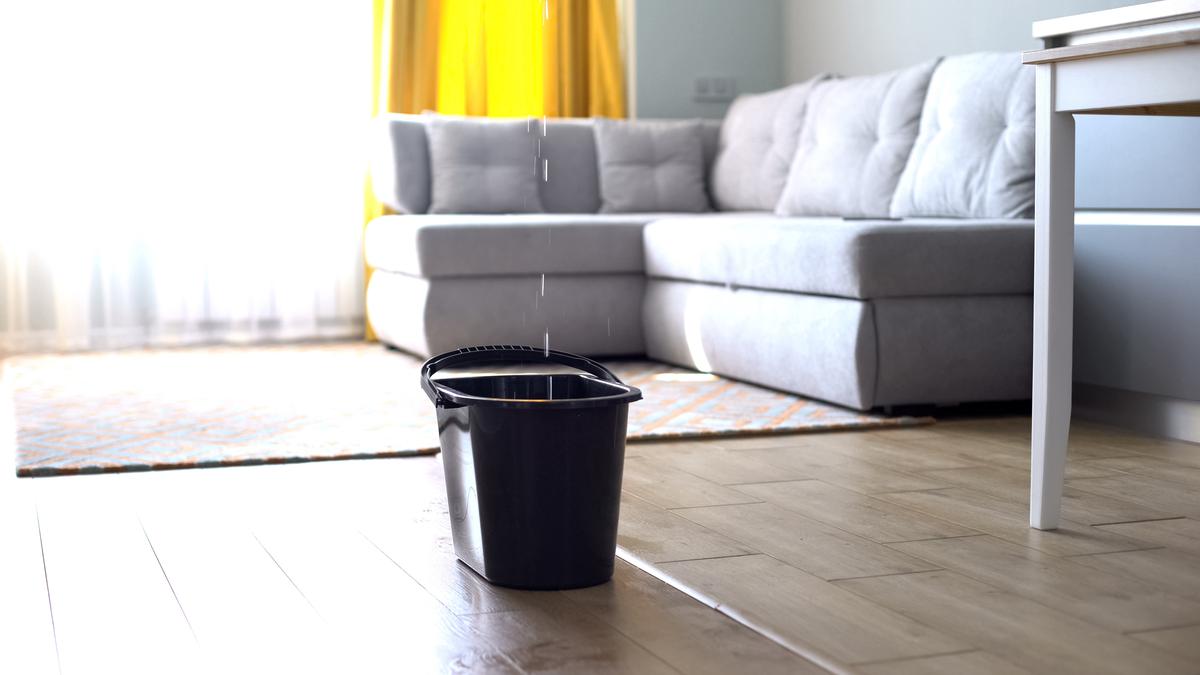
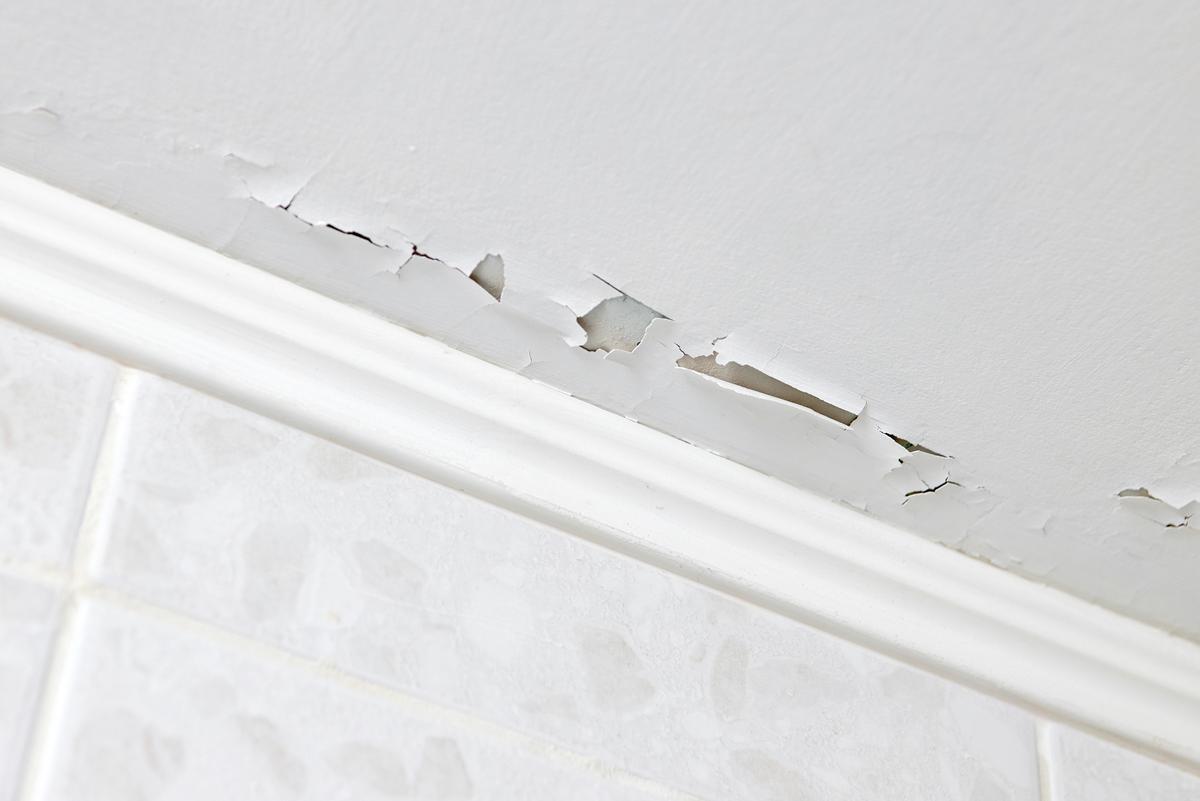
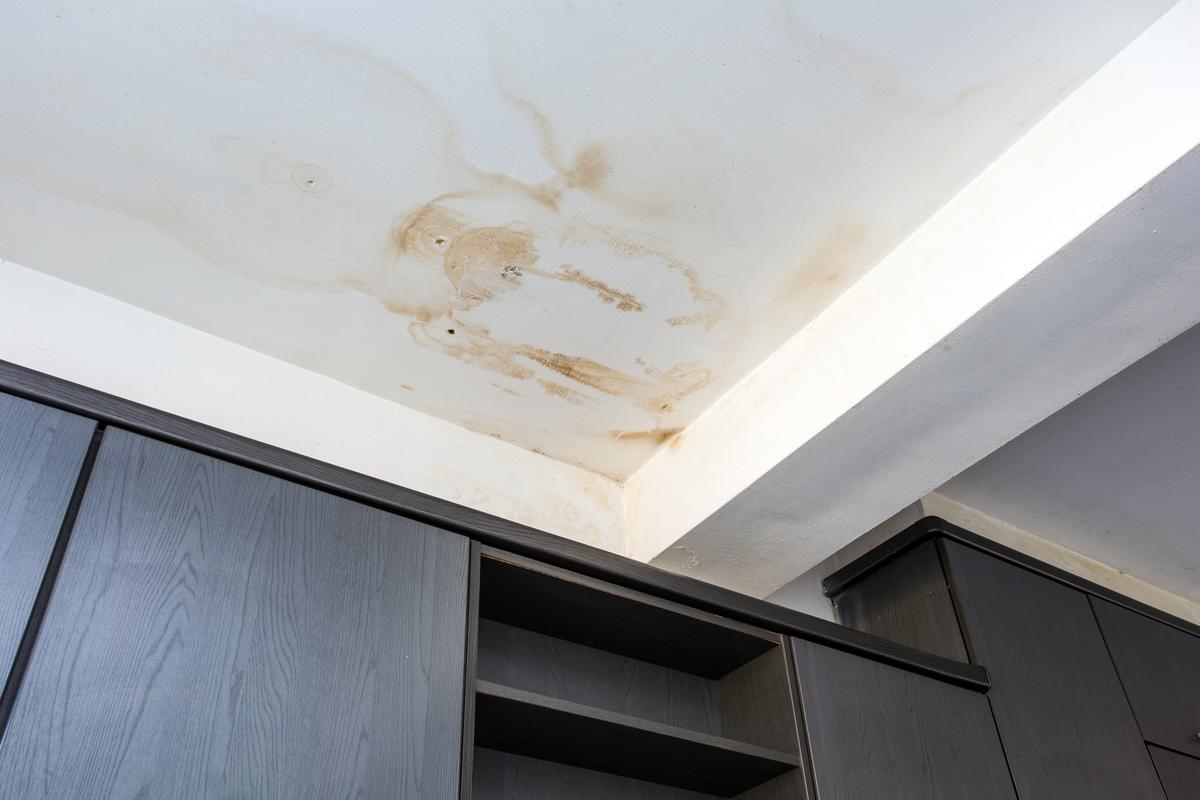
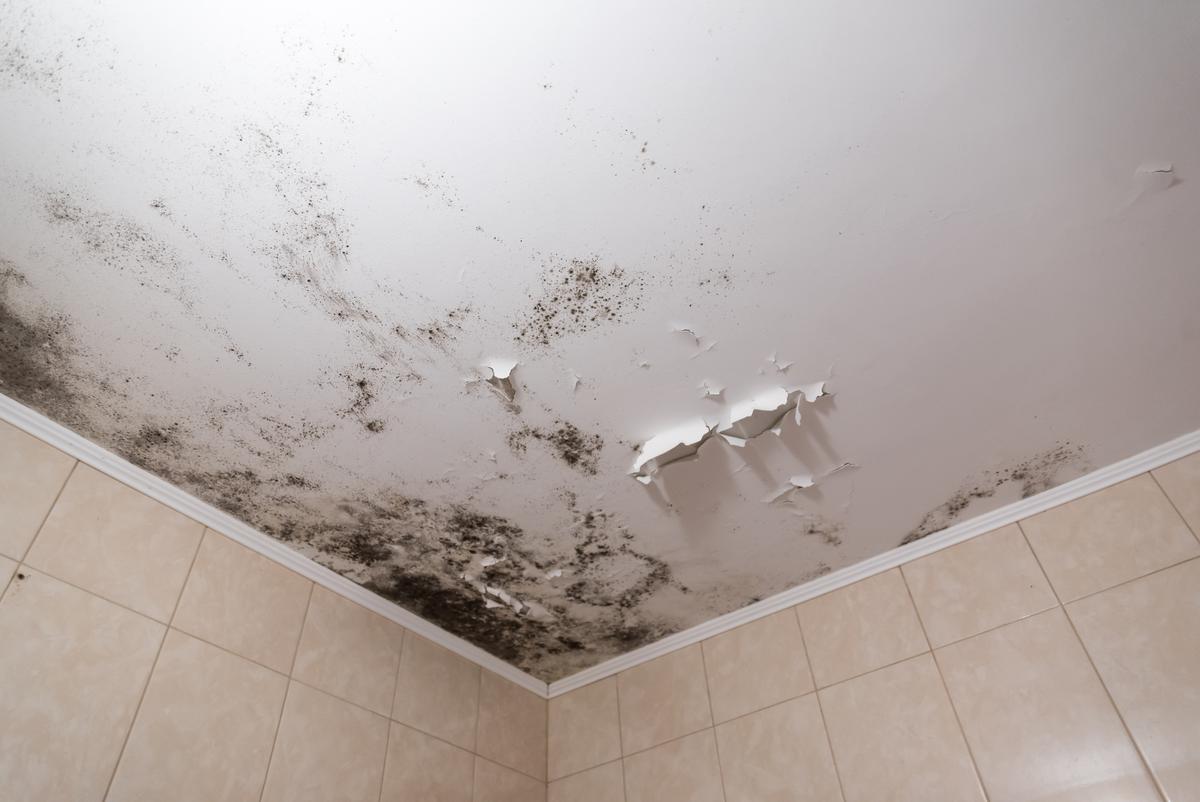
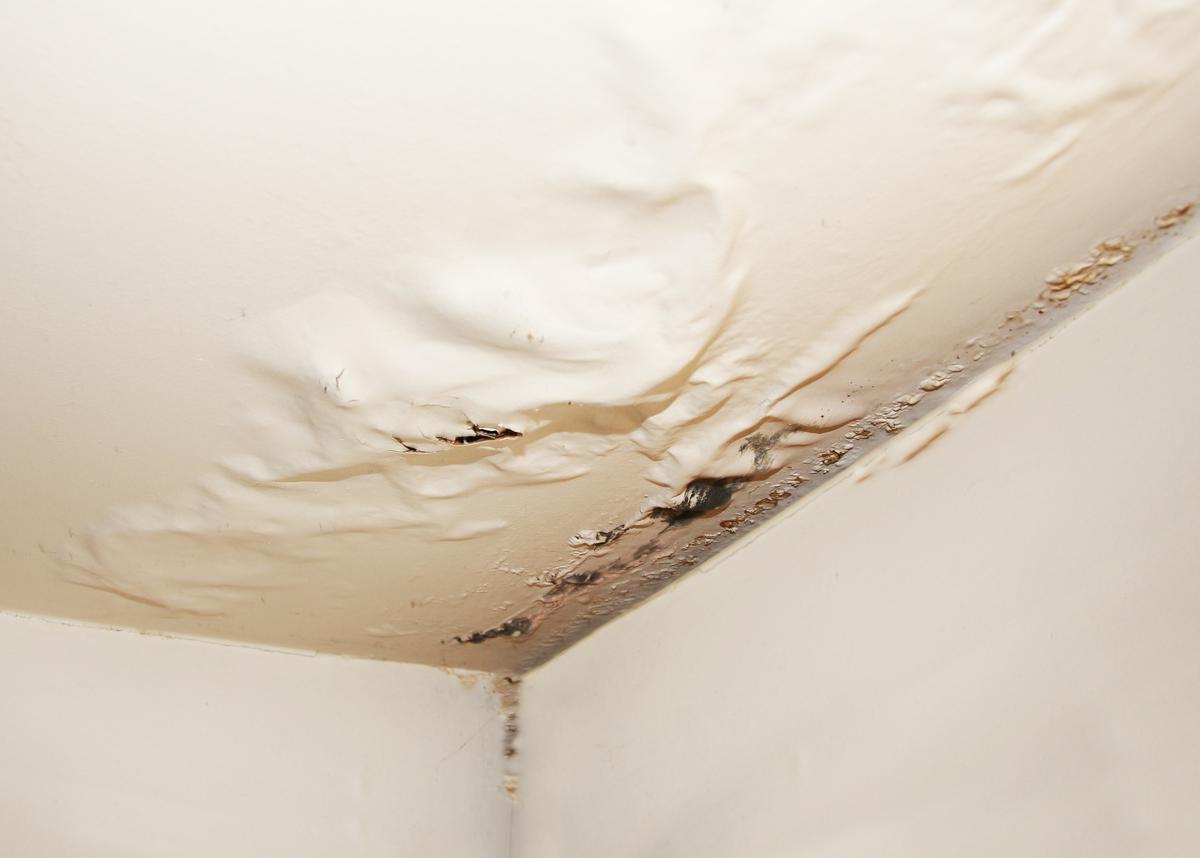

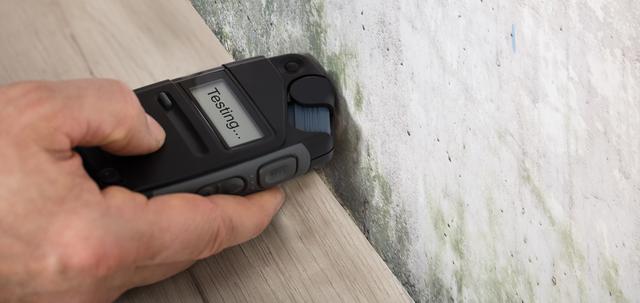
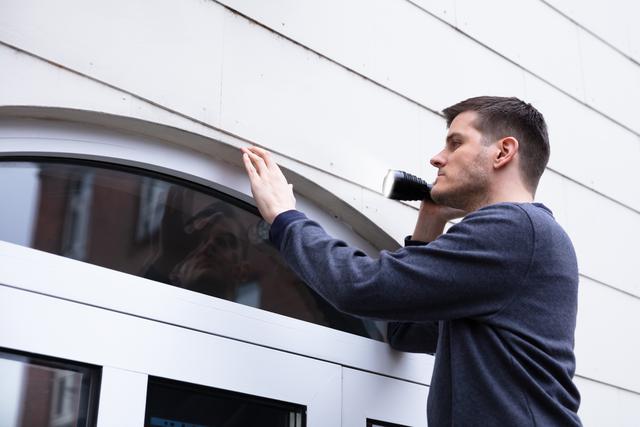
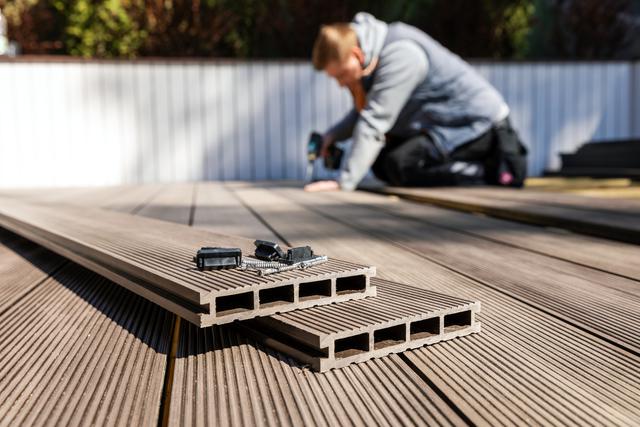
comments